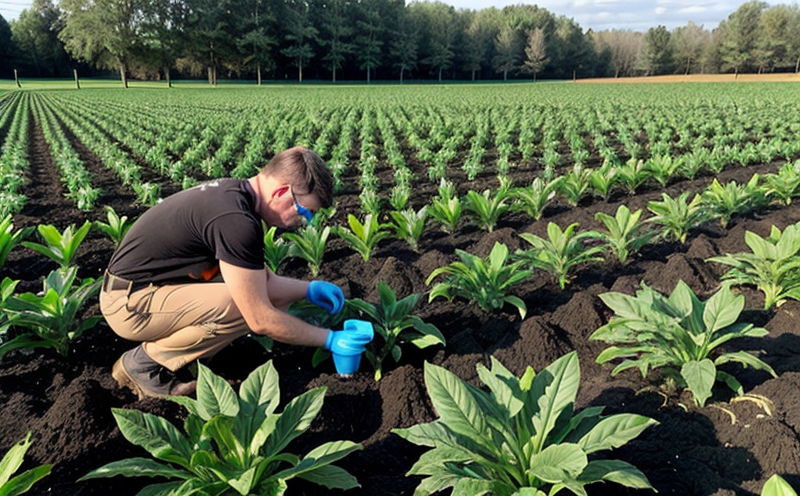Fertilizer Adulteration Detection Testing
In agriculture and forestry testing, fertilizer adulteration detection is a critical aspect of ensuring product integrity. Fertilizers play a pivotal role in enhancing crop productivity, but the market is often plagued by substandard products that are diluted or contaminated with non-nutrient substances. These adulterants can include sand, sawdust, limestone, ground animal bones, and synthetic compounds that have no real value to plants.
Testing for fertilizer adulteration helps protect consumers from purchasing ineffective products, ensures fair trade practices in the industry, and supports environmental sustainability by avoiding unnecessary resource use. For quality managers, compliance officers, R&D engineers, and procurement professionals, accurate testing is essential to maintain standards and safeguard their reputation.
The process of fertilizer adulteration detection involves several steps, starting with sample collection from suspect batches or shipments. The samples are then prepared for analysis using standardized techniques that ensure precision and reliability. Depending on the suspected adulterants, various analytical methods such as moisture determination, ash content measurement, nitrogen determination, phosphorus determination, potassium determination, and other elemental analyses may be employed.
Key instrumentation used in these tests includes moisture analyzers, Karl Fischer titrators for water detection, atomic absorption spectrophotometers (AAS) for elemental analysis, and inductively coupled plasma optical emission spectrometers (ICPOES). These tools provide precise measurements that help determine the purity and nutrient content of fertilizers.
Acceptance criteria are stringent to ensure compliance with international standards such as ISO 17254:2019 for moisture determination, ISO 6867:2013 for ash content in mineral fertilizers, and ASTM D420-18 for soil analysis. Compliance officers must be aware of these standards to maintain product quality and ensure regulatory compliance.
| Standard | Description |
|---|---|
| ISO 17254:2019 | Method for the determination of moisture in mineral fertilizers. |
| ISO 6867:2013 | Determination of ash content in mineral fertilizers. |
| ASTM D420-18 | Standard practice for soil classification by particle size analysis and other physical methods. |
Why It Matters
Fertilizer adulteration detection is essential because it directly impacts the health of crops, the environment, and the economic stability of the agricultural industry. When fertilizers are adulterated, they do not provide the necessary nutrients to plants, leading to reduced yields and increased costs for farmers. This can result in financial losses and affect global food security.
From an environmental perspective, the use of contaminated or ineffective fertilizers can lead to soil degradation and water pollution. Proper testing ensures that only pure and effective fertilizers are used, promoting sustainable agricultural practices. For quality managers and compliance officers, ensuring product integrity is crucial for maintaining brand reputation and avoiding legal issues.
R&D engineers benefit from accurate testing as it allows them to develop improved formulations and processes. Procurement professionals can rely on tested products to ensure they meet the required specifications and are cost-effective. By adhering to stringent standards and rigorous testing protocols, stakeholders in the agriculture sector can contribute to a more resilient and sustainable food production system.
Industry Applications
- Compliance with international regulations such as ISO and ASTM standards.
- Detection of adulteration in bulk fertilizer shipments from overseas suppliers.
- Quality control for imported fertilizers before they reach the market.
- Audit support for internal quality assurance programs within agricultural companies.
- Research and development to improve fertilizer formulations based on real-world data.
- Purchasing of verified fertilizer products from trusted suppliers.





